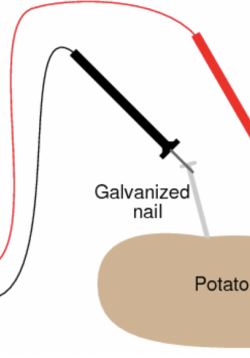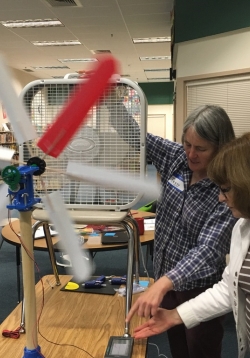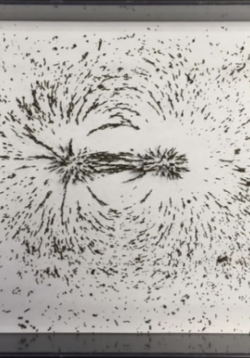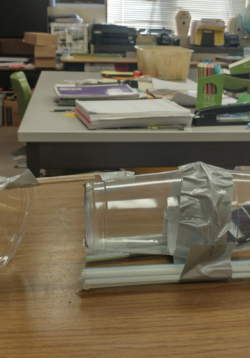Solar Cars Science Investigation
Students will design a science investigation to test solar car with a pulley or with a variety of gear sizes. In the previous lesson, they were introduced to the different types of systems that can be employed on their car. In this lesson they will use...






